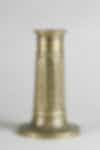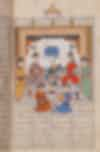
Nowruz
What is Nowruz?
Nowruz is the name of the New Year celebration for many Southwest, Central, and South Asian communities. Nowruz (pronounced no-rooz) is a combination of two Persian words. The first word “now” means new and the second word “ruz” means day; together they mean “New Day.” The exact beginning of the New Year occurs when the season changes from winter to spring on the vernal equinox.
People all over the world celebrate Nowruz, but it originated in Southwest and Central Asia. Nowruz became a popular celebration among the communities that grew from these cultural areas. The traditions of Nowruz are strong among people in Afghanistan, Iran, Iraq, Tajikistan, Uzbekistan, Azerbaijan, India, Pakistan, Turkey, and their diaspora around the world.
The festivities of Nowruz reflect the renewal of the Earth that occurs with the coming of spring. Activities that celebrate the arrival of Nowruz share many similarities with other spring festivals such as Easter, celebrated by Christians, and the Egyptian holiday called Sham Al-Naseem. A festival that has been celebrated for thousands of years, Nowruz today is a secular holiday that is enjoyed by people of several different faiths and can take on additional interpretations through the lens of religion. Nowruz is partly rooted in the religious tradition of Zoroastrianism. Among other ideas, Zoroastrianism emphasizes broad concepts such as the corresponding work of good and evil in the world, and the deep connection of humans to nature.
Nowruz is a time for family and friends to gather and celebrate the new year. Children are off from school, and most adults do not work during the Nowruz festivities. Throughout the holiday period, friends and family gather at each other’s houses for meals and conversation. Nowruz preparation starts a few weeks prior with a traditional spring cleaning of the home known as khoone tekoone (shaking of the house). It is also customary to purchase new clothing for the family and new furniture.
Haft-Seen Table: The Table of Seven S’s
The most important activity in the celebration of Nowruz is making the haft-seen table. Haft is the Persian word for the number seven and seen is the Persian word for the letter S. Literally, the haft-seen table means a “table of seven things that start with the letter S’. Creating the haft-seen table is a family activity that begins by spreading a special family cloth on the table. Next the table is set with the seven S items. Here are some of the items and what they symbolize:
سماق / Sumac (crushed spice of berries): For the sunrise and the spice of life
سنجد / Senjed (sweet dry oleaster fruit): For love and affection
سرکه / Serkeh (vinegar): For patience and age
سیب / Seeb (apples): For health and beauty
سیر / Sir (garlic): For good health
سمنو / Samanu (wheat pudding): For fertility and the sweetness of life
سبزه / Sabzeh (sprouted wheat grass): For rebirth and renewal of nature
Other Elements on the Table
In addition to these S items, there are other symbolic items that go on the haft-seen table, depending on the tradition of each family. It is customary to place a mirror on the table to symbolize reflection on the past year, an orange in a bowl of water to symbolize the Earth, a bowl of real goldfish to symbolize new life, colored eggs to represent fertility, coins for prosperity in the New Year, special flowers called hyacinths to symbolize spring and candles to radiate light and happiness.
Gold and Gem-Inset Polychrome Jade Mirror with Floral and Solar Motifs
India,British India/Princely States, 19th century
Jade, gold, gemstones, mica
Shangri La Museum of Islamic Art, Culture & Design
41.9
Polychrome Shallow Dish with Fish Motifs
Iran, Qajar, 18th-19th Century
Stonepaste, polychrome pigments
Shangri La Museum of Islamic Art, Culture & Design
48.127
Silver Box with Inlaid Coin
Iran, Qajar, 1821 CE
Engraved Silver
Shangri La Museum of Islamic Art, Culture & Design
57.21a-b
Cusped-Rim Polychrome Ceramic Dish with Hyacinth and Saz Leaf Motifs
Turkey (Iznik), Ottoman, 16th
Stonepaste, polychrome pigments
Shangri La Museum of Islamic Art, Culture & Design
48.25
Engraved Lamp or Candle Stand with Floral Motifs
Iran, Safavid, 16th-17th century
Brass and niello
Shangri La Museum of Islamic Art, Culture & Design
54.102
Each family places other items on the table that are special, for example the Qur’an or the Shahnameh. Another important item to place on the haft-seen table is a book of poetry by the 14th century Persian poet Shams ud-Din Hafez. Many Persians consider Hafez to be their national poet, and his historical status is parallel to that of Shakespeare in the English-speaking world.
“King and His Attendants Feasting” Folio from the Shahnameh
Iran, Safavid, 1622 CE
Ink, opaque watercolor and gold on paper
Shangri La Museum of Islamic Art, Culture & Design
10.9
Foods of Nowruz
Many special foods are prepared during Nowruz, depending on the country of origin. The most common Nowruz dish is called sabzi polo mahi (fish served with herb rice). The rice dish is made with a variety of green herbs and spices, which represent the greenness of nature in spring. Sweets are also served during Nowruz. Traditional items include baklava (flaky pastry sweetened with rosewater).






